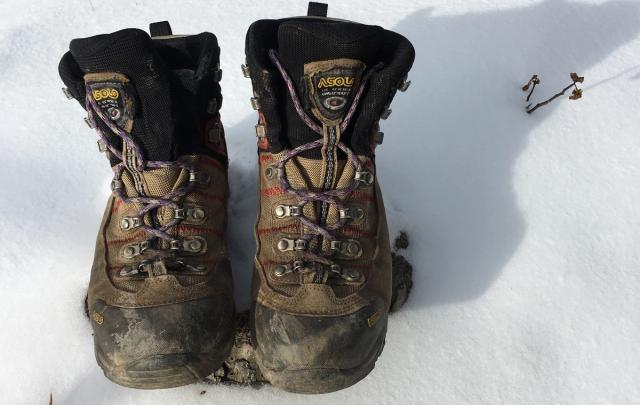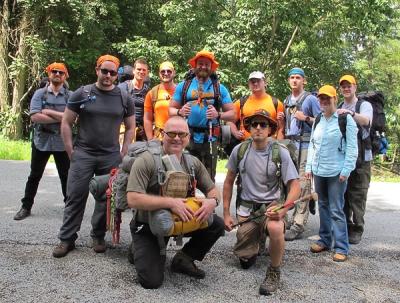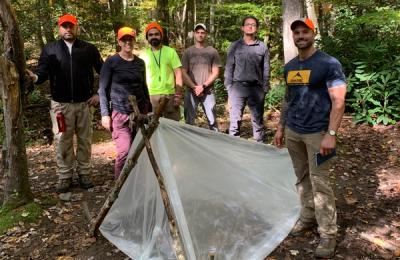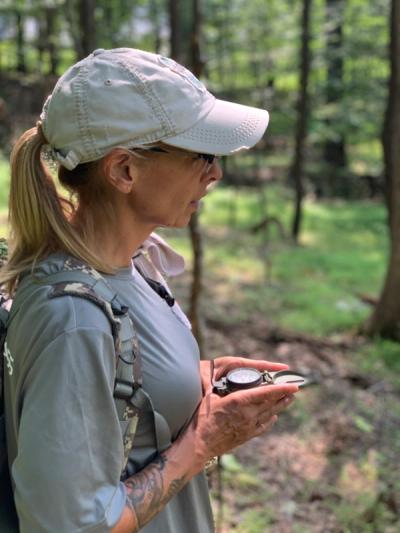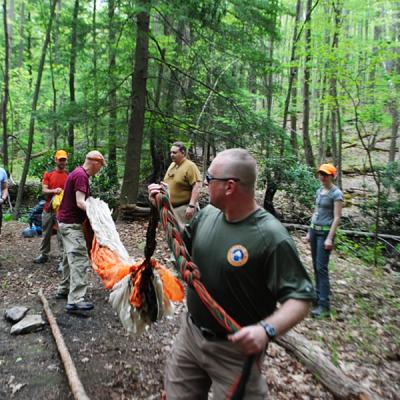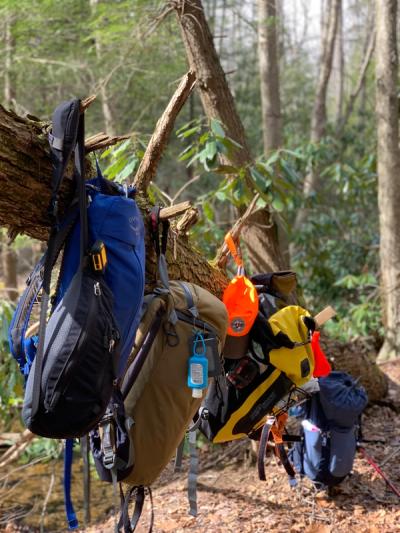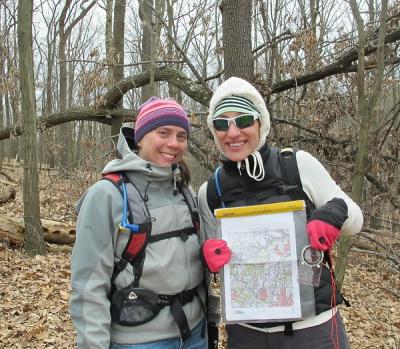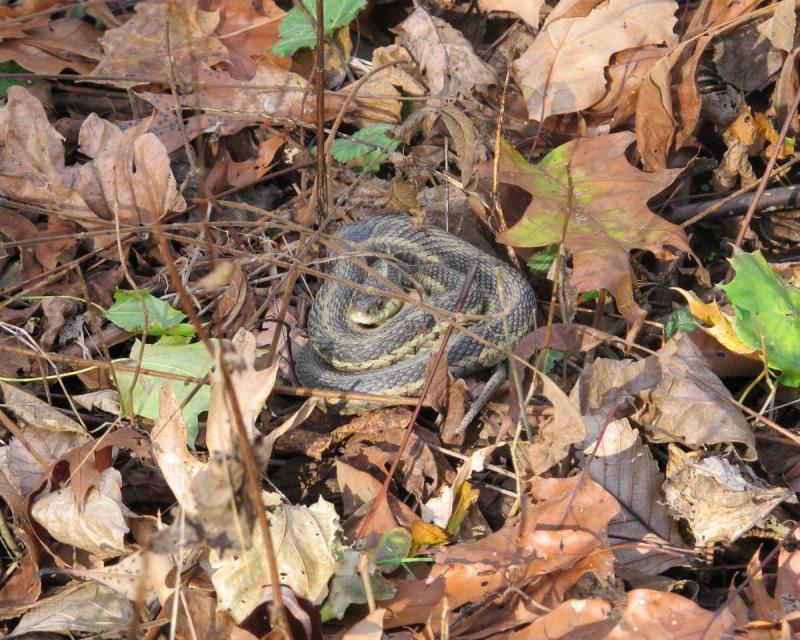
Snakebite Kits … Do They Work?

Erik Kulick · Nov 7, 2019
Before you attempt to help a victim of snakebite, don’t just blindly rely on collective wisdom, what is shown on television, or what you spot on a store shelf. Instead, take a wilderness first-aid course, learn the facts, and continue to study.
One of the topics that True North covers in its various wilderness medicine programs, like Wilderness First Aid, is how to properly manage a snakebite. Although, despite popular belief, such incidents are not common, and so few people actually die as a result, I still feel the need — almost an obligation — to cover this topic for two reasons. The first is, even if it’s just a 1:1,000 chance that you or someone else could be bitten, it still remains a possibility, so if it does happen, then you’ll likely be darn happy that I spent the extra time teaching you. But the main reason is that I am routinely shocked by all of the misinformation and hyperbole that abounds — from newspapers to medical journals to even first-aid manuals — and the still too common belief in old fashioned treatments and remedies, not just in lay persons, but even healthcare professionals.
For example, many outdoor stores still regularly sell, people still regularly buy, and some first-aid manuals still recommend, snakebite kits. The premise sounds logical: if a snake injects venom into your leg, and venom is bad, than sucking it out with a device must be good. Right? So, many well known kits include suction devices, some even include scalpel blades and elastic tourniquets.
The problem, however, is that research strongly indicates that snakebite kits don’t work. One study published in the Annals of Emergency Medicine explains why. To put it into context, consider your last influenza vaccine shot … How easily do you really think that you could suction the medication from the muscle and fatty tissue in your arm once injected, especially one or more minutes afterwards? The practical answer is not easily.
So why would the same process work any better when a snake injects his venom into you?
In fact, additional research indicates that attempting to suction snake venom is likely more harmful to you than the initial bite because it could concentrate the hemotoxin — especially if a tourniquet is used — thereby causing even more extensive tissue damage. This could result in the need to amputate an extremity.
So before you attempt to help a victim of snakebite, don’t just blindly rely on collective wisdom, what is shown on television, or what you spot on a store shelf. Instead, take a wilderness first-aid course, learn the facts, and continue to study.
If you would you like to learn more about how to manage a snakebite, or other injury or illness, then consider checking out our Schedule to find an upcoming Wilderness First Aid (WFA) course.
To check out our other training videos, visit the True North YouTube page. Subscribe to get the latest updates.
Meet the Author

Erik Kulick, Founder & Chief Instructor
Erik is the founder of True North Wilderness Survival School. He is a police officer, EMS provider, a Wilderness EMT, and a Fellow of the Academy of Wilderness Medicine. He has been featured in national and international media, including CNN, the Associated Press, and Backpacker.
To learn more about Erik, visit him on LinkedIn and be sure to follow him on Facebook and YouTube.
